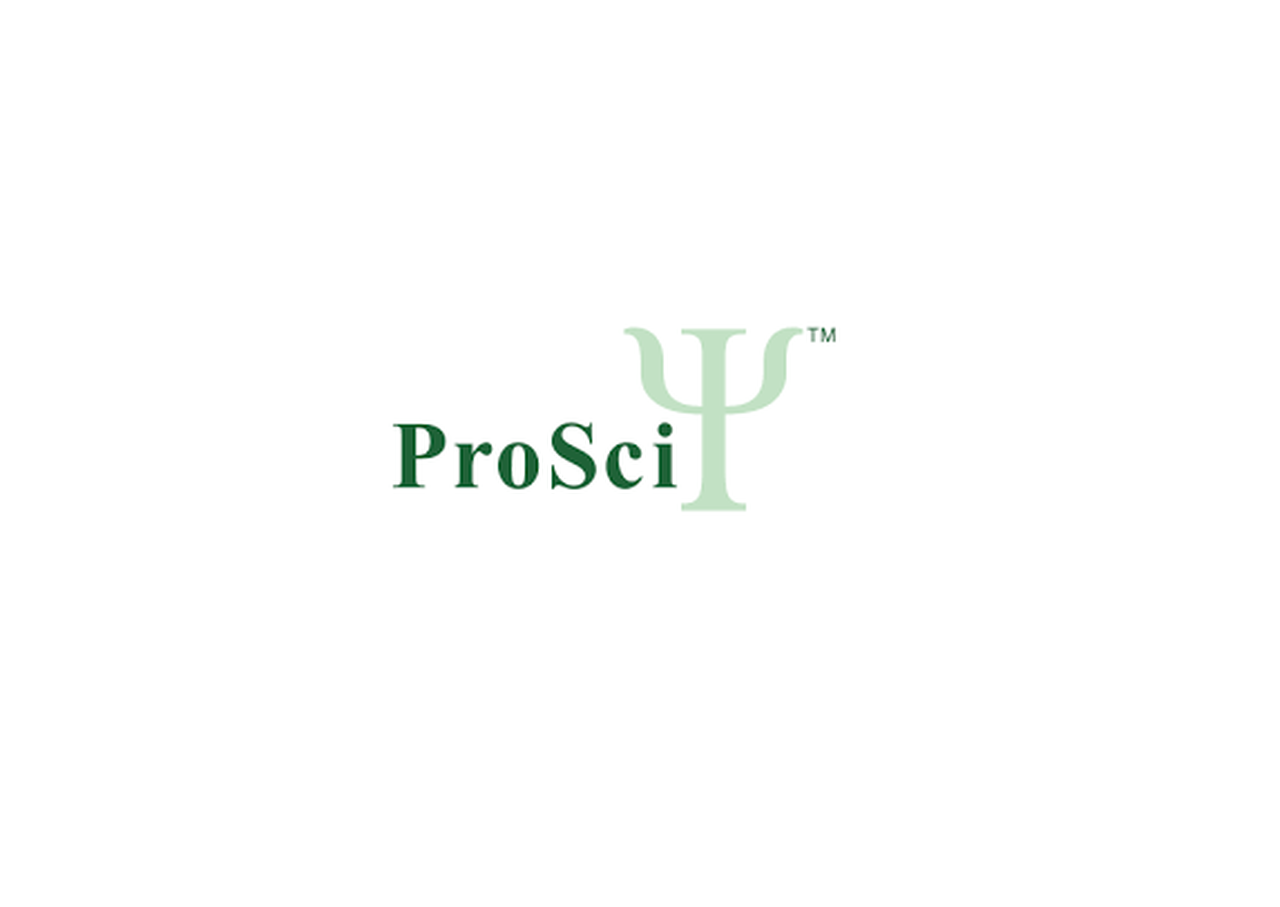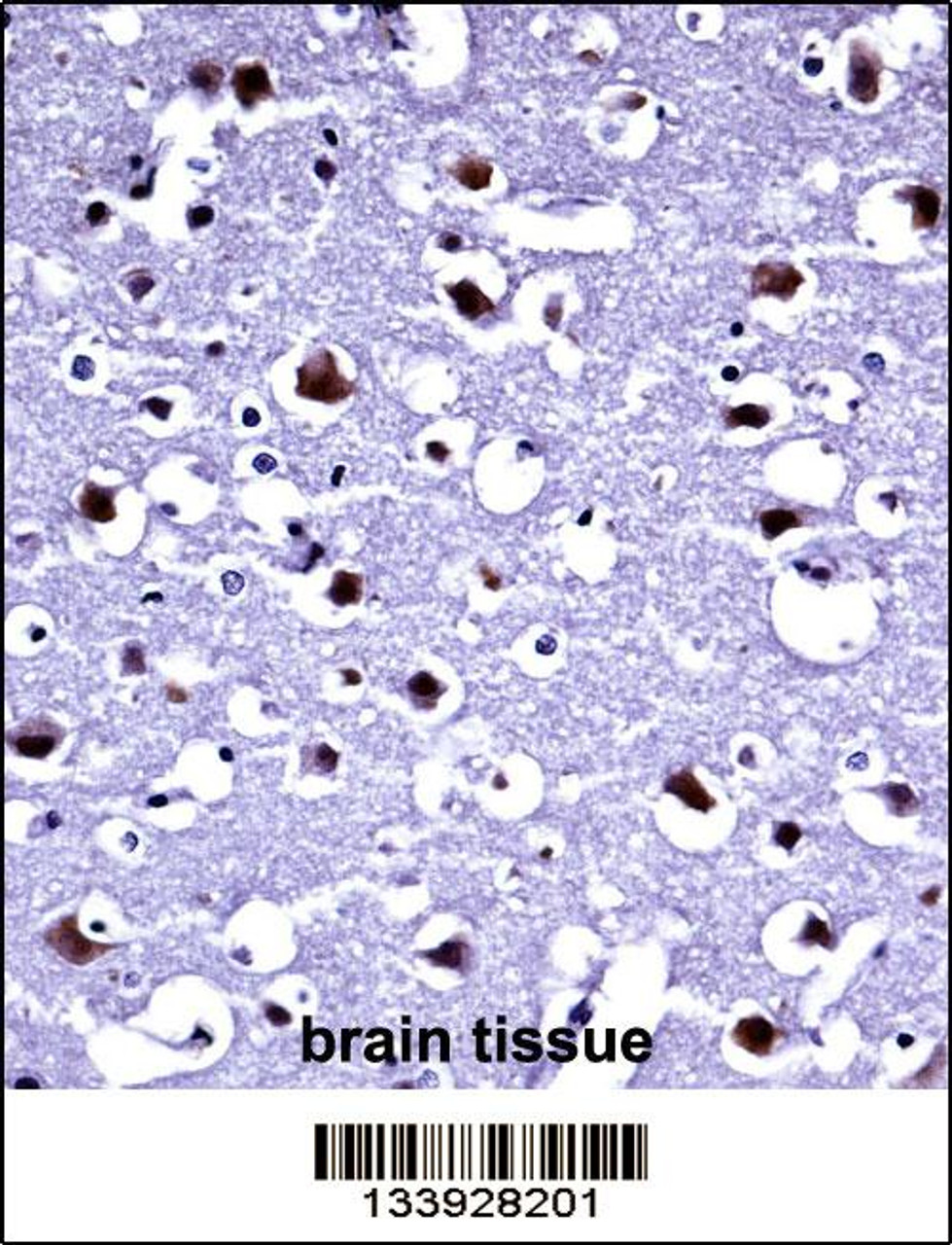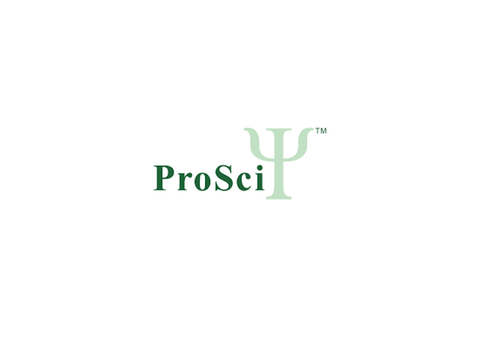Product Description
TARBP2 Antibody | 57-481 | ProSci
Host: Rabbit
Reactivity: Human
Homology: Predicted species reactivity based on immunogen sequence: Bovine, Mouse, Rat, Xenopus
Immunogen: This TARBP2 antibody is generated from rabbits immunized with a KLH conjugated synthetic peptide between 60-89 amino acids from the N-terminal region of human TARBP2.
Research Area: Other
Tested Application: WB, IHC-P
Application: For WB starting dilution is: 1:1000
For IHC-P starting dilution is: 1:10~50
Specificiy: N/A
Positive Control 1: N/A
Positive Control 2: N/A
Positive Control 3: N/A
Positive Control 4: N/A
Positive Control 5: N/A
Positive Control 6: N/A
Molecular Weight: 39 kDa
Validation: N/A
Isoform: N/A
Purification: This antibody is purified through a protein A column, followed by peptide affinity purification.
Clonality: Polyclonal
Clone: N/A
Isotype: Rabbit Ig
Conjugate: Unconjugated
Physical State: Liquid
Buffer: Supplied in PBS with 0.09% (W/V) sodium azide.
Concentration: batch dependent
Storage Condition: Store at 4˚C for three months and -20˚C, stable for up to one year. As with all antibodies care should be taken to avoid repeated freeze thaw cycles. Antibodies should not be exposed to prolonged high temperatures.
Alternate Name: RISC-loading complex subunit TARBP2 {ECO:0000255|HAMAP-Rule:MF_03034}, TAR RNA-binding protein 2, Trans-activation-responsive RNA-binding protein, TARBP2 {ECO:0000255|HAMAP-Rule:MF_03034}, TRBP
User Note: Optimal dilutions for each application to be determined by the researcher.
BACKGROUND: HIV-1, the causative agent of acquired immunodeficiency syndrome (AIDS) , contains an RNA genome that produces a chromosomally integrated DNA during the replicative cycle. Activation of HIV-1 gene expression by the transactivator Tat is dependent on an RNA regulatory element (TAR) located downstream of the transcription initiation site. The protein encoded by this gene binds between the bulge and the loop of the HIV-1 TAR RNA regulatory element and activates HIV-1 gene expression in synergy with the viral Tat protein. Alternative splicing results in multiple transcript variants encoding different isoforms. This gene also has a pseudogene.
 Euro
Euro
 USD
USD
 British Pound
British Pound
 NULL
NULL
















